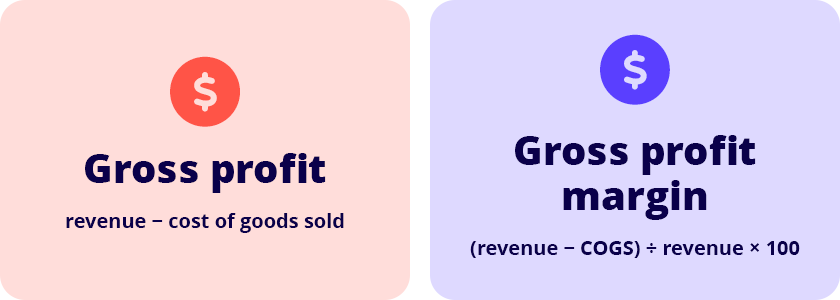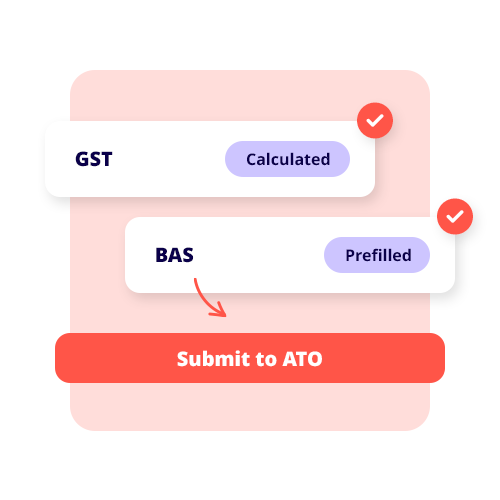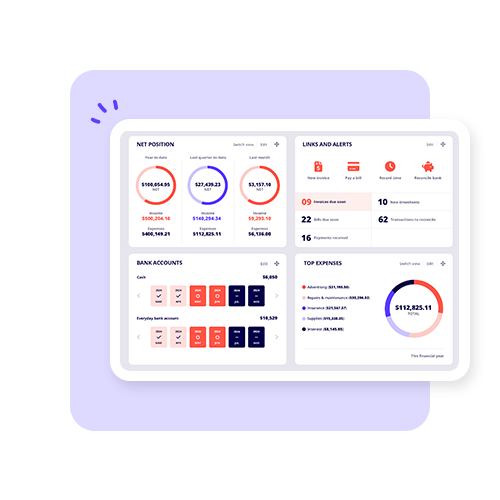Gross profit margin, or gross margin, is an essential accounting metric that indicates the financial health of your business. Gross profit margin is often presented as a percentage and is calculated by subtracting your cost of goods sold (COGS) from revenue.
Gross profit margin formula
To calculate gross profit margin, you subtract your cost of goods sold from your revenue and divide the total by your revenue

Gross profit margin vs net profit margin
Gross profit margin and net profit margin provide different insights into the financial health of your business.
- Gross profit margin is calculated by subtracting your COGS from your revenue generated.
- Net profit margin is calculated by subtracting all expenses from your total revenue.
Businesses and accountants will use gross profit margin to find out the profitability of a business’s products relative to the cost of goods sold. To find the profitability of the company relative to its production to operating costs, interest, and taxes, a business will use net profit margin:
Net profit margin = (Revenue – All Costs) / Revenue x 100
Operating profit margin
Operating profit margin is another accounting metric used to find the profitability associated with a business’s operating expenses. The operating profit margin formula is calculated as:
Operating profit margin = (Gross Revenue – Operating expenses / Revenue x 100)
Good profit margin
Gross profit margin is a quick metric that businesses can use to determine the financial health of their operations. For instance, a textile company with a gross margin of 75% would be considered above average in most industries. A good gross profit margin is around 50-70%.
Higher profit margins indicate efficient operations, whereas lower margins indicate that improvement is needed to maintain profitability. As you calculate using different metrics (gross, operating, and net profit margin formulas), your margins will shrink as more costs are accounted for. Depending on the type of business you run, industry averages vary.
See related Terms:
What is gross profit?
Gross profit vs net profit
What is marginal cost?



















































